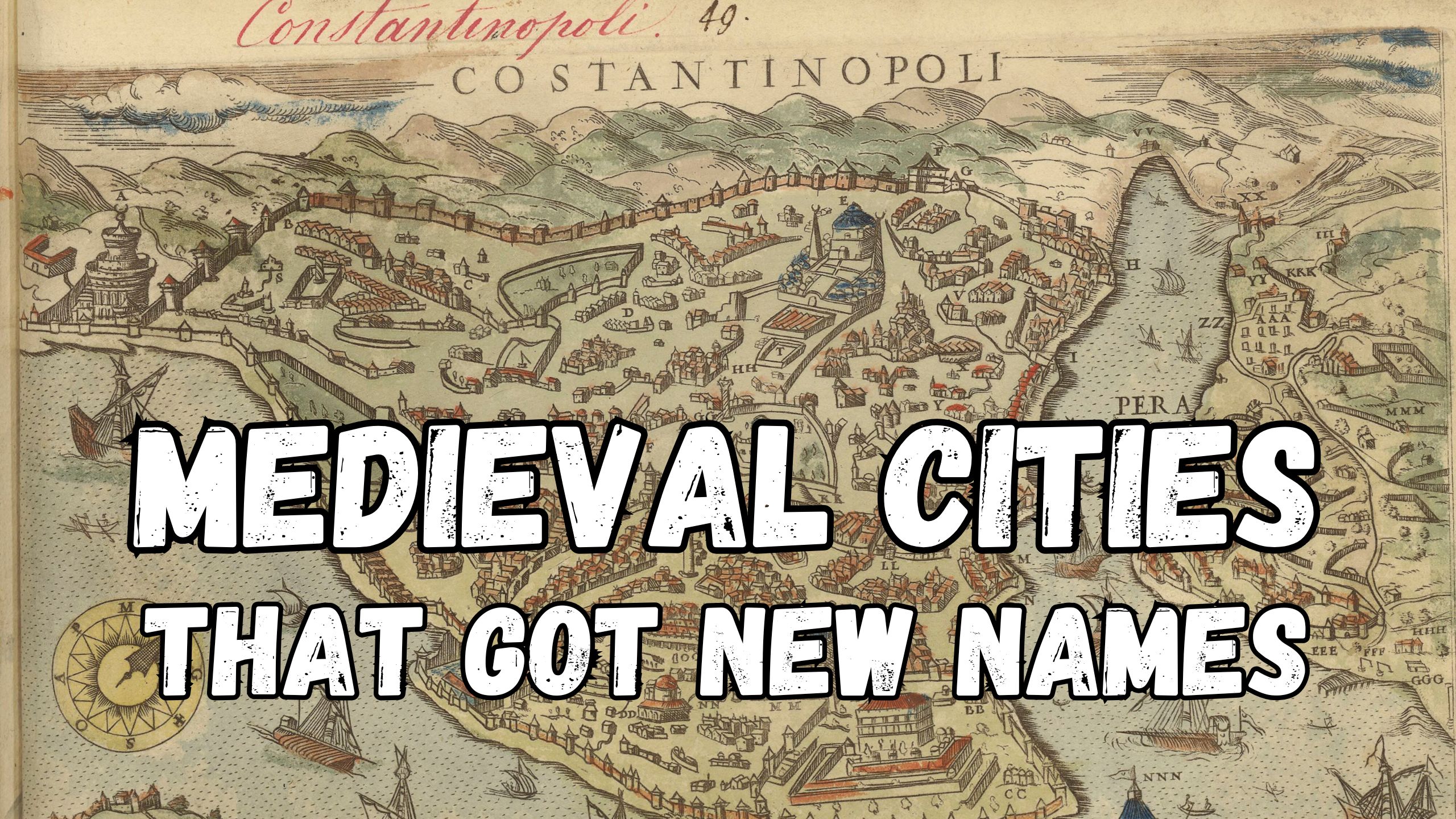
"These shifts can surprise modern readers, especially when they stumble across older names in chronicles, history books, or medieval maps. There are many reasons why city names changed over time. Some were officially renamed in the modern era, often to reflect political change, new national identities, or border realignments. Others were known in medieval Europe by Latinised or foreign names that differ from the ones now commonly used in their local languages."
"Founded as Byzantium and renamed Constantinople in 330 by Emperor Constantine, the city remained known by that name throughout the Byzantine Empire and long after the Ottomans captured it in 1453. In fact, "Constantinople" continued in widespread use for more than four centuries under Ottoman rule, alongside the colloquial "Istanbul." It was only in 1930, as part of Turkish language reforms, that the government officially adopted Istanbul as the city's name."
City names changed over centuries because of conquest, administration, language shifts, and national politics. Official renamings in the modern era often reflected political change, new national identities, or border realignments. Medieval European sources frequently used Latinised or foreign names that differ from local-language forms. Name changes can be gradual, with older and newer forms coexisting for centuries before official adoption. Examples include Constantinople, officially renamed Istanbul in 1930 during Turkish language reforms; Ragusa (Latin Ragusium) becoming Dubrovnik after the fall of Austria-Hungary in 1918; and Königsberg, founded by the Teutonic Knights, later becoming Kaliningrad.
Read at Medievalists.net
Unable to calculate read time
Collection
[
|
...
]